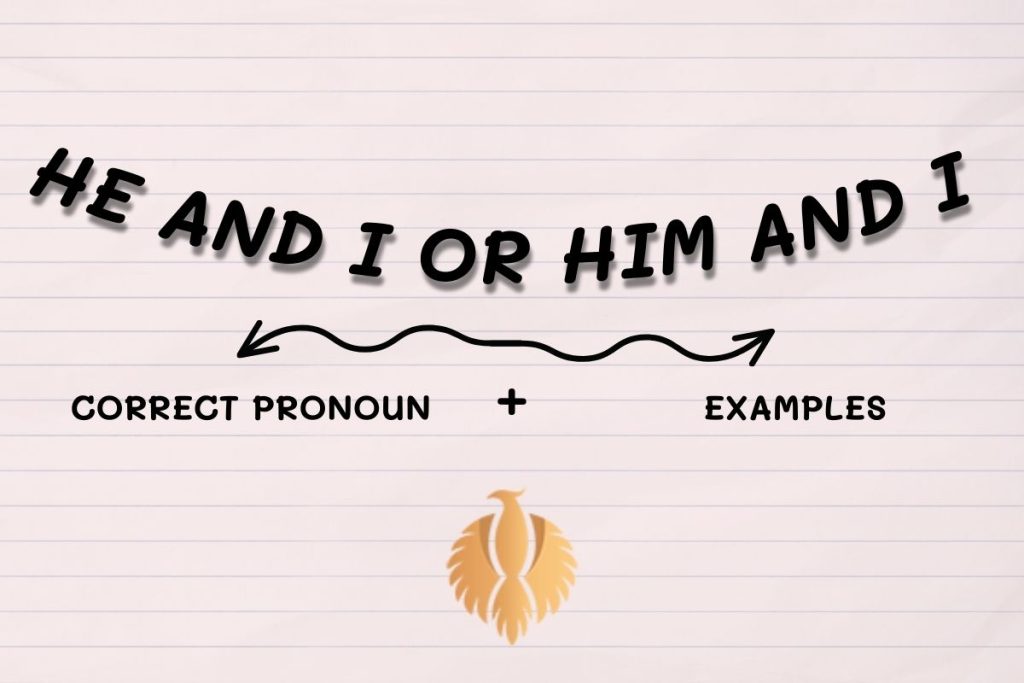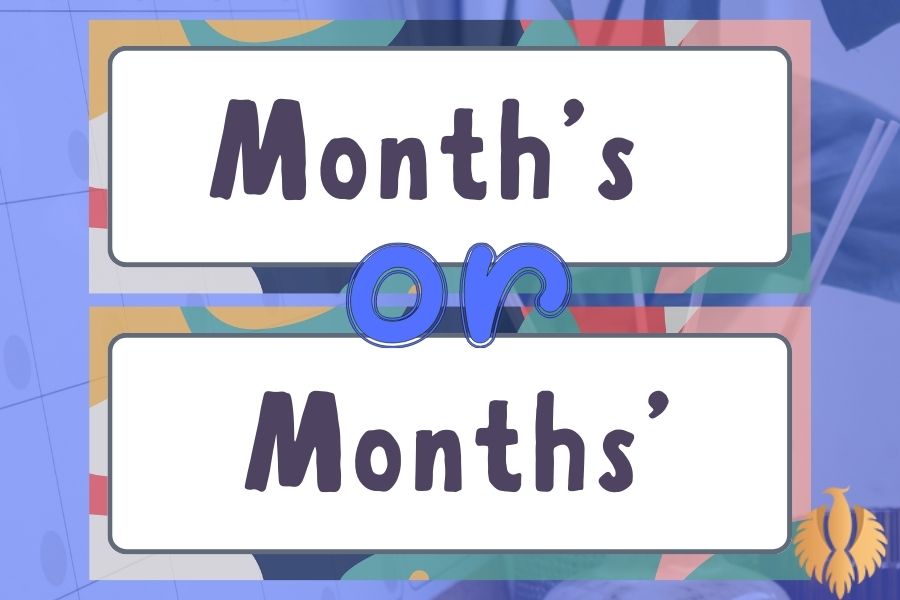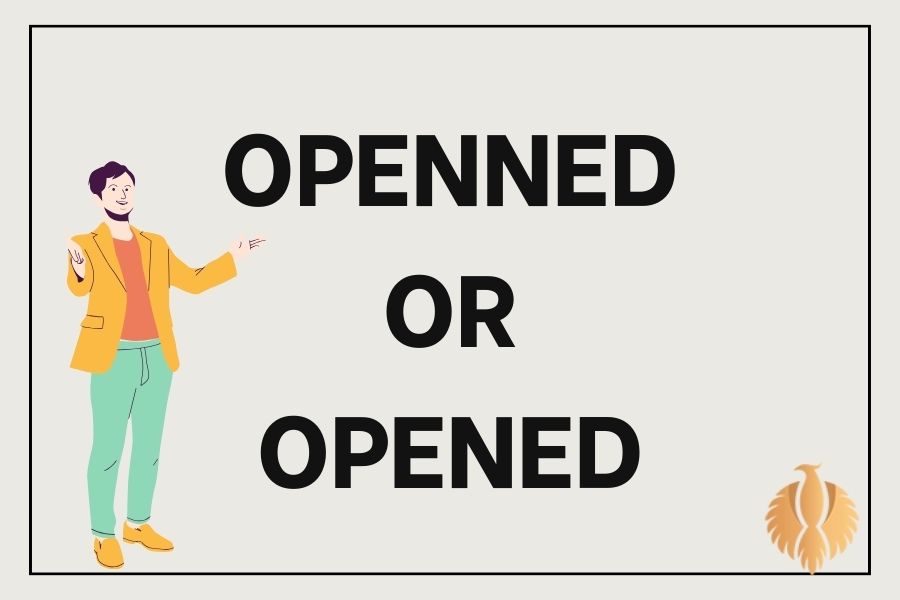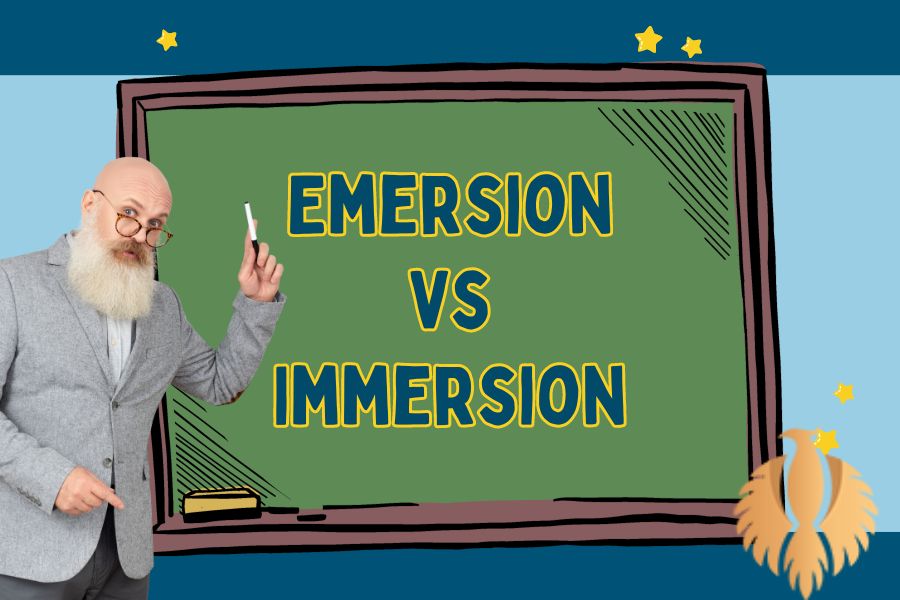
Hi, welcome to my blog! My name is Omid and I am thrilled to have you here! I am an English language teacher with 12 years of experience and hold multiple international certifications (TESOL, IELTS, TOEFL, PTE, CELTA). Additionally, I hold a PhD in Applied Linguistics with a specialization in Teaching English as a Second Language (TESL), which fuels my passion for teaching English and assisting others in mastering the language. To me, nothing is more rewarding than helping individuals enhance their English language abilities through various methods. So, let’s embark on this journey of learning English together.

He and I Or Him and I – Correct Pronoun + Examples [2025]
In this article, I’m going to compare using He and I or Him and I to see which one is

10 “Farewell Lunch Invite Message” To Use In 2025
Welcome to our guide on crafting the perfect farewell lunch invite messages for the year 2024. Saying goodbye to a

What Does Counting Your Days Mean? My 2025 Research And Update
The phrase “counting your days” means the practice of being mindful about how we spend our time and recognizing the

Month’s or Months’ – Differences + Examples + Table [2025 Update]
In my classes, I often talk about the diff between “Month’s” and “Months’.” The first one, “Month’s,” shows something that

Openned Or Opened: Spelling + Examples [2025]
In this article, we’re gonna talk about how to spell and use the words “openned” and “opened.” We’ll give you

Vagrant Vs Hobo: 6 Main Differences + Examples [2025]
As a teacher, I need to know so many words even if they sound weird to my students so today

Emersion Vs Immersion: Meaning, Differences, and Examples
Here are five key points that highlight the differences between “emersion” and “immersion”: Definitions: “Immersion” refers to the state

Targetted Or Targeted? – Examples + Spelling [2025]
The correct spelling is “targeted” with one ‘t’. This term is the past tense of “target,” meaning to aim at

Moment Vs Momment: Spelling + Definition + Usage
Let’s clear up the confusion between “moment” and “momment” once and for all. Spoiler alert: “momment” is a misspelling of

I’ll Be Forever Grateful Vs I’ll Forever Be Grateful: Which One?
The choice of words and their arrangement can significantly alter the meaning of a phrase, which I find incredibly intriguing
